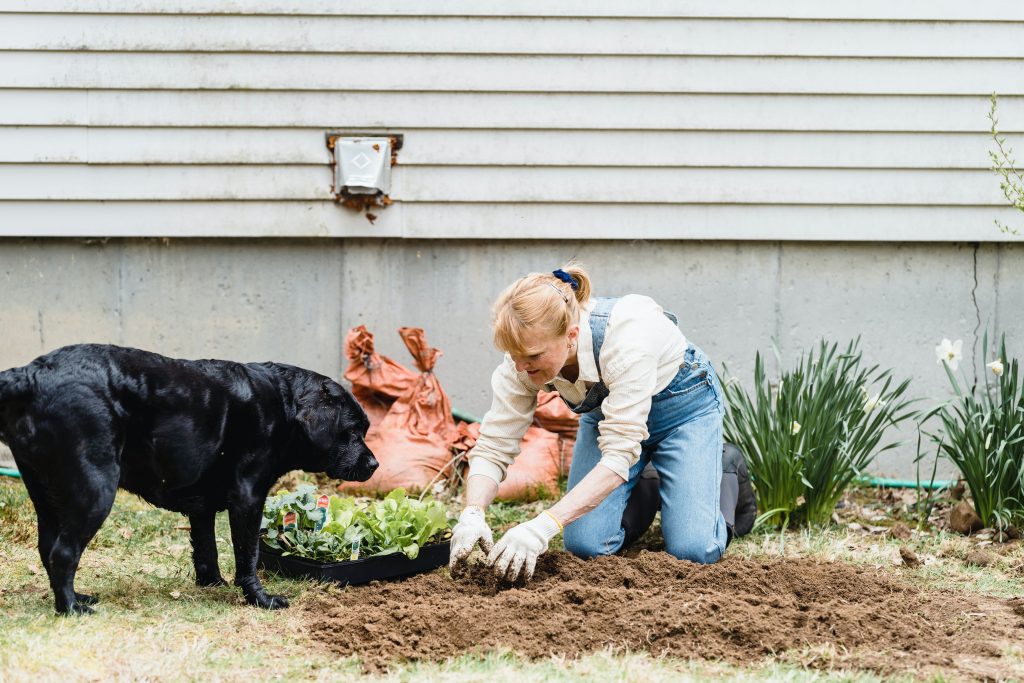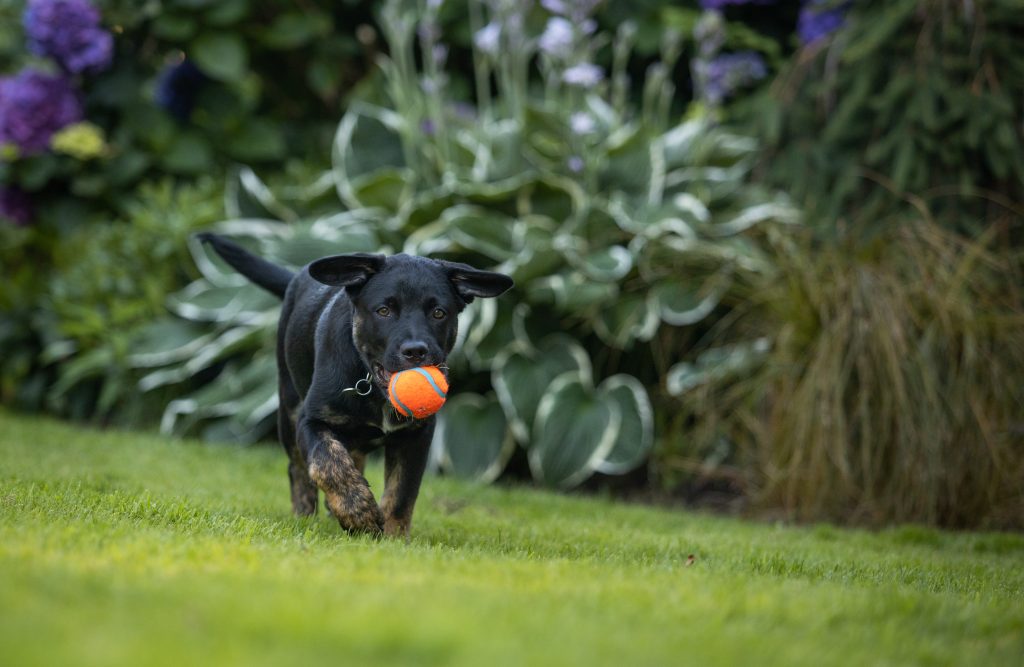In this blog post, we will share valuable insights and practical advice on how to design and maintain a dog-safe garden. From choosing dog-friendly plants to creating secure boundaries, we’ll cover various aspects that will help you strike the perfect balance between a vibrant garden and a safe haven for your beloved pup.
Discover how you can create a harmonious space where your dog can roam, play, and relax without compromising their health or exposing them to potential hazards. Let’s dive in and explore the world of dog-safe gardening together, ensuring that both your garden and your furry friend can thrive side by side.

Creating a dog-safe garden involves careful planning and consideration of various factors to ensure the well-being and safety of your canine companion. Here are some key tips and considerations to keep in mind:
- Choose Dog-Friendly Plants: Some plants can be toxic to dogs if ingested. Research and select dog-safe plants for your garden. Avoid plants such as lilies, daffodils, azaleas, and tulips, which can be harmful to dogs. Instead, opt for pet-friendly options like sunflowers, marigolds, roses, and pet grass.
- Secure Boundaries: Ensure your garden has secure and sturdy boundaries to prevent your dog from wandering off or accessing areas that may pose a danger. Install a fence that is tall enough to prevent jumping or digging under, and ensure there are no gaps or openings that your dog could squeeze through.
- Avoid Harmful Chemicals: Keep your garden chemical-free by avoiding the use of pesticides, fertilizers, and herbicides that may be toxic to dogs. Opt for organic and pet-friendly alternatives, or consider natural pest control methods to maintain a healthy garden environment.
- Mulch with Caution: Some types of mulch, such as cocoa mulch, can be toxic to dogs if ingested. Choose dog-safe mulch options like shredded pine, cedar, or straw to prevent any potential health hazards.
- Designate Digging Areas: Dogs often enjoy digging, so create designated digging spots to redirect their behavior away from your prized flower beds. Fill these areas with loose soil or sand, and provide toys or treats to encourage your dog to dig in the appropriate spots.
- Provide Shade and Water: Ensure your dog has access to shade and fresh water in the garden. Set up a shaded area with a dog-friendly shelter, such as a canopy or a doghouse, where your furry friend can seek refuge from the sun or rain.
- Eliminate Toxic Hazards: Remove any potential toxic hazards from your garden, such as sharp objects, small choking hazards, or poisonous plants. Securely store gardening tools, chemicals, and other potentially harmful items out of your dog’s reach.
- Create Play Areas: Dedicate a portion of your garden as a play area for your dog. Install dog-friendly toys, tunnels, and obstacles that encourage physical activity and mental stimulation. This will keep your dog entertained and help prevent them from getting bored and potentially causing mischief elsewhere in the garden.
- Regularly Inspect the Garden: Conduct regular inspections of your garden to identify any potential hazards or dangers. Check for toxic plants, sharp objects, or holes that may need to be addressed promptly.
By implementing these tips, you can transform your garden into a safe and enjoyable space for both you and your dog. Remember to always supervise your dog while they are in the garden and provide them with plenty of love, attention, and exercise to ensure a happy and healthy outdoor experience.

In conclusion, creating a dog-safe garden is a wonderful way to provide a secure and enjoyable outdoor space for your canine companion. By implementing the tips and considerations mentioned in this blog post, you can transform your garden into a haven where your dog can roam, play, and relax without encountering unnecessary risks.
From selecting dog-friendly plants and securing boundaries to eliminating toxic hazards and providing shade and water, each step plays a crucial role in maintaining a safe garden environment for your dog. By being mindful of potential dangers and taking proactive measures, you can ensure that your furry friend can freely explore the outdoors while minimizing the risk of accidents or health hazards.
Read more blog posts on our website here.
